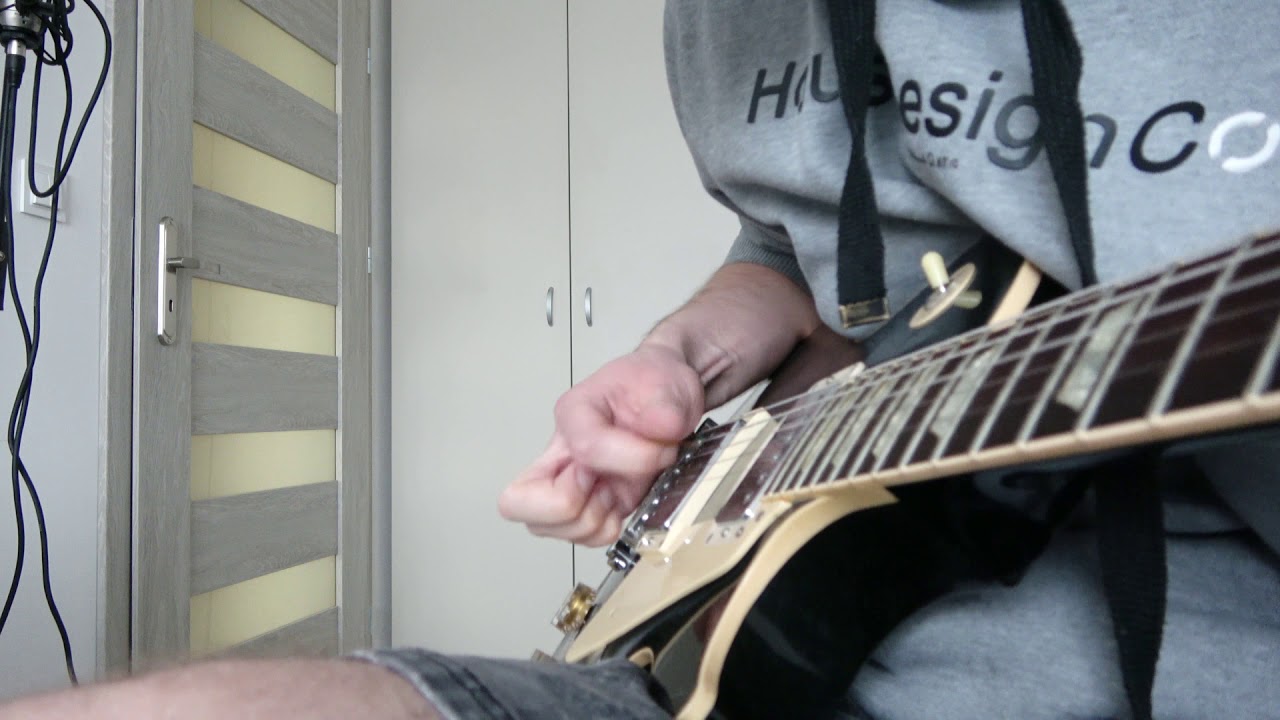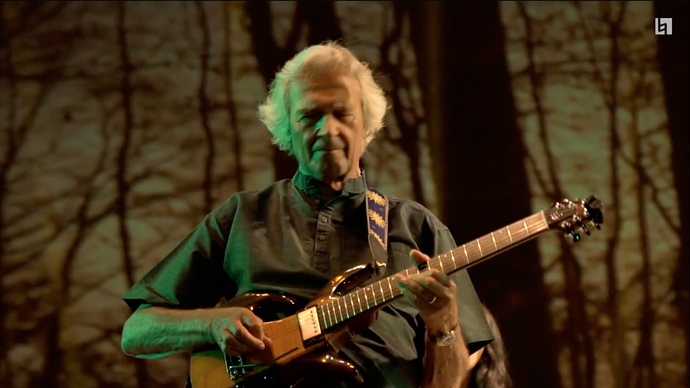After watching most of the videos - you sound great! Very speedy and articulate picking for the most part and definitely in agreement with Troy where you would probably never hear the very minor and infrequent flubs when plugged in. I’m so thankful for Troy and everyone else at Cracking the Code for opening my eyes to all the possibilities out there for technique development but you seem like you’re going through some paralysis by analysis like I was when I first dove into the CtC stuff … forgive me going off on a tangent here but I felt like I was in a rut for honestly a couple years trying to optimize my technique. I was gobsmacked by the whole DWPS/USX thing as I’ve since learned I’ve always been a big DWPS/DSX guy and I was obsessing over flipping things around and being able to play those Yngwie and EJ licks.
Outside of those big lightbulb moments like the micromanagement of upstrokes and downstrokes or avoiding really inefficient picking motion like stringhopping, I really don’t think any sudden change to technique will yield immediate appreciable efficiency to your playing. Maybe others will disagree here but I think taking a step back away from the nitty gritty mechanics of your picking like minute difference in wrist orientation etc. and letting feeling guide you can help you regain a sense of what really is working for you and what isn’t. Then once the discovery is made you can reasses and examine what’s really happening mechanically that allows you to be more successful.
I have a degree in Kinesiology and part of what really appealed to me about CtC is the details about joint mechanics as it’s something I’m very familiar with … but there can be a bit of a stretch between intent and the actual mechanical execution. Thinking too much about the nuts and bolts and what is happening from a mechanical standpoint can take away from your sense of tactile feedback when playing and experimenting with different motions.
Sorry for the novel LOL.
TLDR:
- You sound really good
- Consider using tactile reference for feedback (how the picking feels) versus what you believe is occuring from a mechanical standpoint
- Taking a break from overanalyzing your playing and revisiting it later can allow you to figure out what’s working for you without the added difficulty of overthinking the mechanics - then when you’ve settled into to something that feels good take a closer look and see what (if anything) has changed mechanically
Edit: after scrolling down and reading that you have pain during a certain motion - that can tie into the tactile feedback as well. Obviously avoid the movements that cause pain for the time being and if it persists I’d recommend seeing a professional for a diagnosis.




